名前 なまえ Name (=the reputation you have when you stand before people)
What’s in a name? Names are special to parents and grandparents – sometimes a child is named after a senior member of the family. Sometimes a child is named because of special qualities wished for. Sometimes a name is chosen, because it sounds pleasant and sometimes parents go to great lengths to consult experts on kanji writing, so that the chosen name will reflect good luck. Whatever the chosen name may be, as in any language, it is hoped that the child wears the name with pride.
The problem with names is that families may choose a particular kanji for their child. Unless one knows, one may not be able to read it straight away A lot of memorisation will come into it. Name cards, めいし meishi, will also help later on in one’s career. Here are some simple examples.

































































































































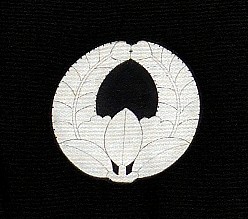












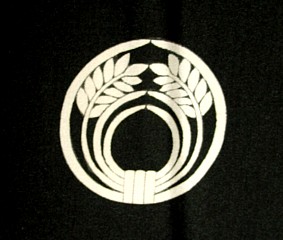












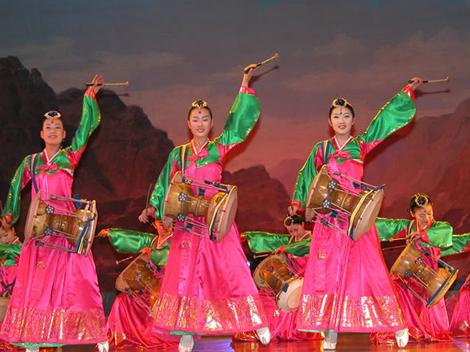






























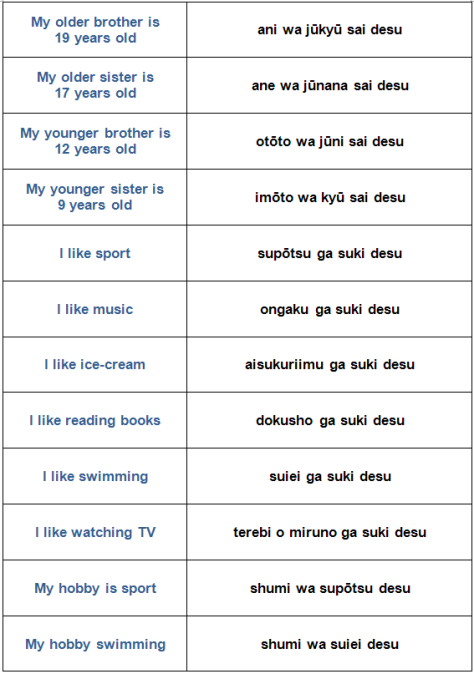









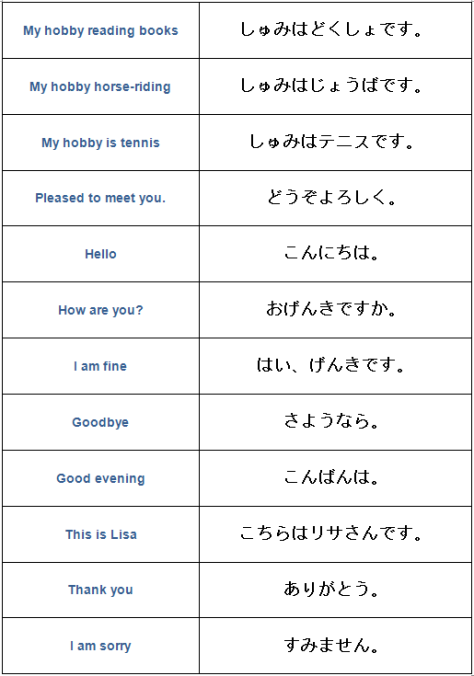
















































































































































































You must be logged in to post a comment.